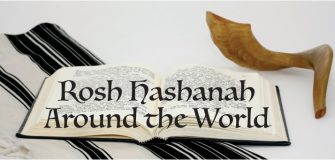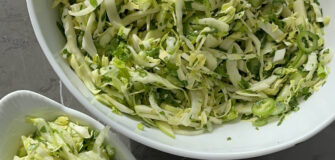Jewish Food Origins
In the culinary world, some Jewish entrepreneurs have surprised us with their offerings. Here are some products that we were surprised to find had Jewish origins.
Old Bay Seasoning
The story of Old Bay seasoning and its founder Gustav Brunn is one rooted in antisemitism and perseverance. Gustav Brunn was born in Germany in 1906 and left school when he was 13 to work as a tannery apprentice. When the owner chose to retire, Gustav bought the business. During World War 1, supplies became sparse and Gustav adapted his business to sell spices.
As Hitler rose to power, Brunn’s business was targeted and his bookkeeper resigned fearing the backlash of working for a Jew. Brunn moved his company to Frankfurt and in 1937 applied for a visa to the United States. Still in Germany on the night of Kristallnacht, Brunn followed orders to turn in his guns and was taken to Buchenwald. Luckily a lawyer and his family helped bribe the Gestapo with 10,000 marks to free him. Within a week he and his wife, two children and not much more than a spice grinder left for America.
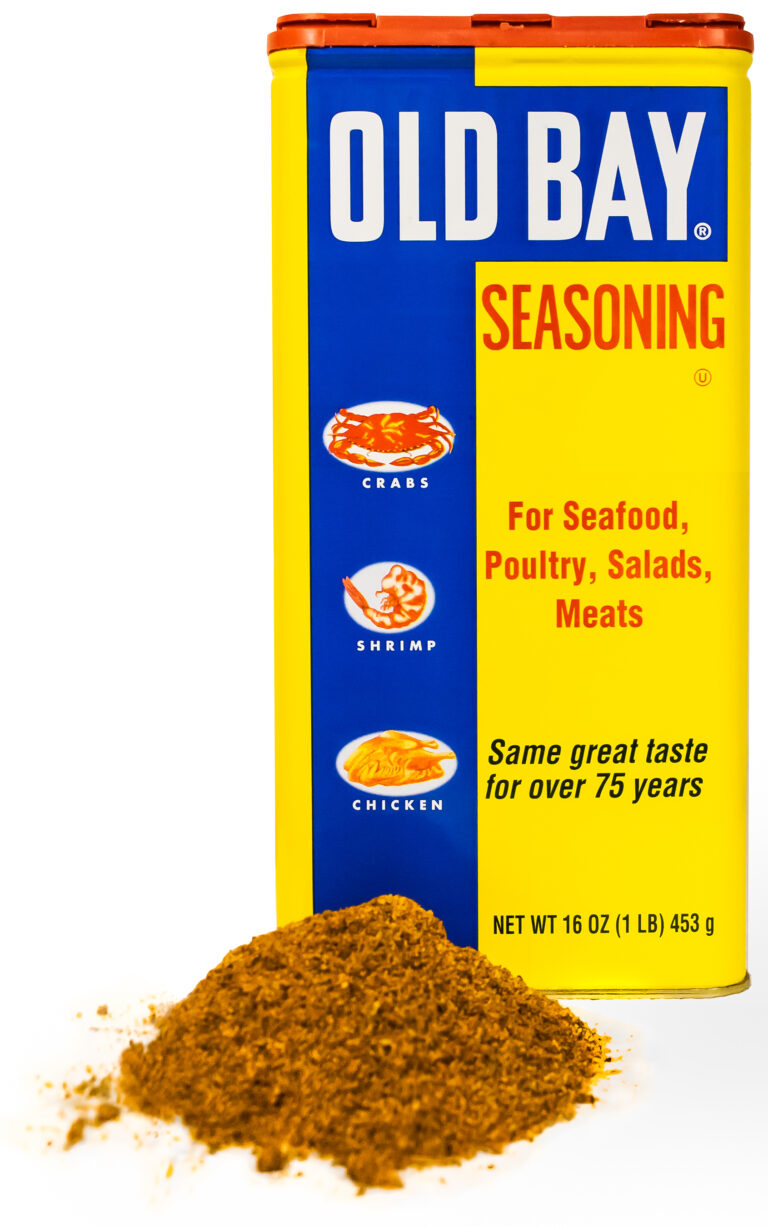
The Brunn family settled in Baltimore where he had an uncle living. Brunn took some odd jobs before landing a job with McCormick & Company, the largest spice company. Brunn’s son recalls that the job only lasted a couple of days as McCormick fired him when they found out that he was Jewish.
With determination, Gustav opened up his own store, the Baltimore Spice Company, across the street from the wholesale fish market and started creating his own spice blends. He gave samples to the crab sellers and soon he had a hit! He named the blend Old Bay, after a steamship that ran from Baltimore to Norfolk, VA.
Over the years McCormick tried to purchase, copy or better the product but was unsuccessful. Gustav refused any offers. But as he retired in 1985, Gustav sold the company to Smith Corona, and after Gustav passed away in 1990 the business was sold to McCormick for an estimated $11-$14 million. The one benefit is that ever since the acquisition the spice has been packaged with the kosher hechsher.
KIND
Daniel Lubetzky credits his father’s survivor story for his devotion to being socially responsible and kind. As a child, Lubetzky’s father was given a rotten potato from a Nazi guard, a gesture that surely would have been punished if it was seen. Lubetzky credits the act and the potato with helping him survive. Daniel recalls that despite his harrowing story, “Of all the many things he taught us, I think the most important was to be a kind person. He celebrated life every day and brought kindness to all he met. It was a lesson I learned well.”
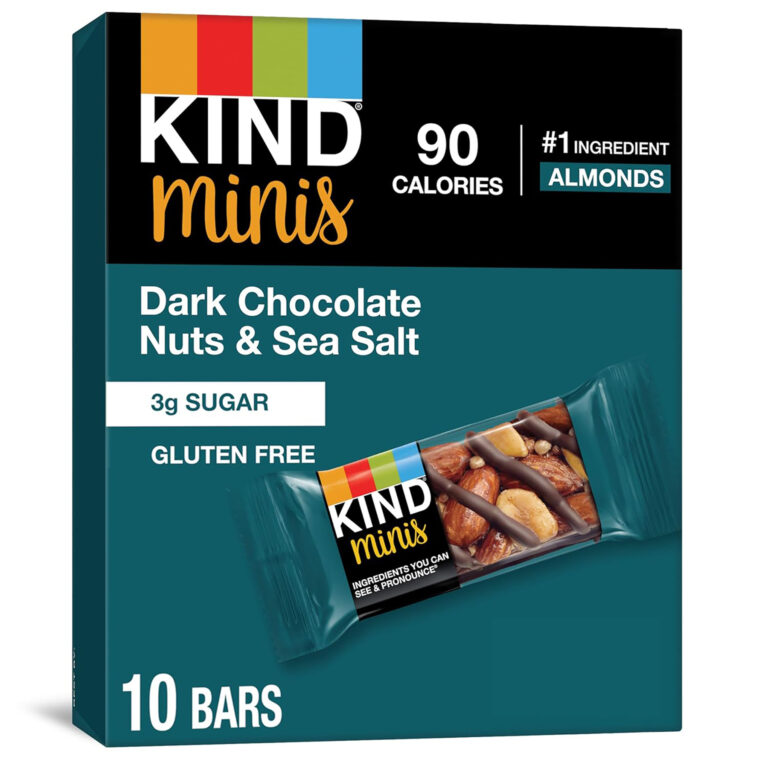
Daniel graduated from Stanford Law School and received a $10,000 Haas Koshland Fellowship to research how to foster joint Arab-Israeli ventures. Through this research, Danel believed that economic cooperation could lead to a shared future and he launched PeaceWorks, to produce and distribute a sun-dried tomato spread from an Israeli factory employing Palestinian workers and bottled in a glass from Egypt. Daniel sold the products in the United States with the slogan; “Cooperation never tasted so good!”
In 2003, Daniel started another business selling nutritious snack bars from Australia. But when the Australian company was sold and the new company started adding artificial ingredients, Daniel ended his relationship and began development on his own healthy snack bars – KIND. With a mission of using business for social change, the KIND Foundation has supported causes around the world.
Peeps
Ready to start medical school, Ira “Bob” Born never thought he would be known as Mr. Peep.
Just Born Quality Confections was a family-owned business started in 1924 by Sam Born, a Russian Jewish immigrant. His son, Bob joined the firm after graduating from Lehigh University and a stint in the Navy. Waiting to start medical school, Bob decided to work in the family business for a couple months, and as he said. “I loved it and never left.”
Bob’s first major accomplishment was the development of Hot Tamales, using Mike and Ike discards and adding a hot cinnamon flavor to them.
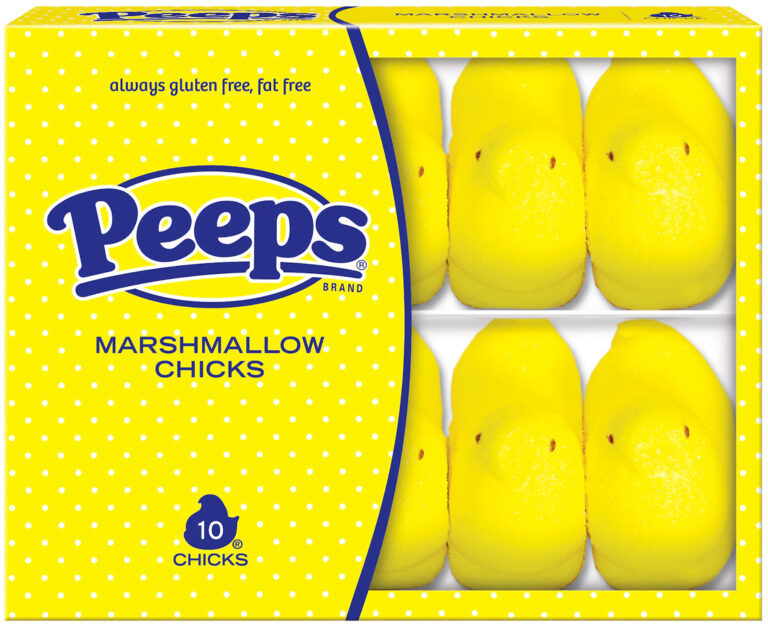
Then in 1953, the company purchased the Rodda Candy Co. a jelly bean maker that also made hand-crafted Peeps. They used a process that required 27 hours to create the hand-piped marshmallow treat. Bob saw the potential and built special equipment lowering the time to produce a peep to under six minutes!
Last year over 700 million Marshmallow Peeps were sold during Easter making Peeps the #1 non-chocolate selling Easter candy.
Baileys Irish Cream
In May of 1973, David Gluckman received a brief from the International Distillers & Vintners with the challenge of creating a new drink for export. Gluckman, with his background in advertising, had just recently started a new company with Hugh Reade Seymour-Davies. In The Irish Times, Gluckman recounted how he helped develop the Kerrygold brand and wondered, “Is there something in Ireland’s reputation for dairy produce that we can apply to an alcoholic drink – all those lush green, rain-sodden pastures and contented cows?”
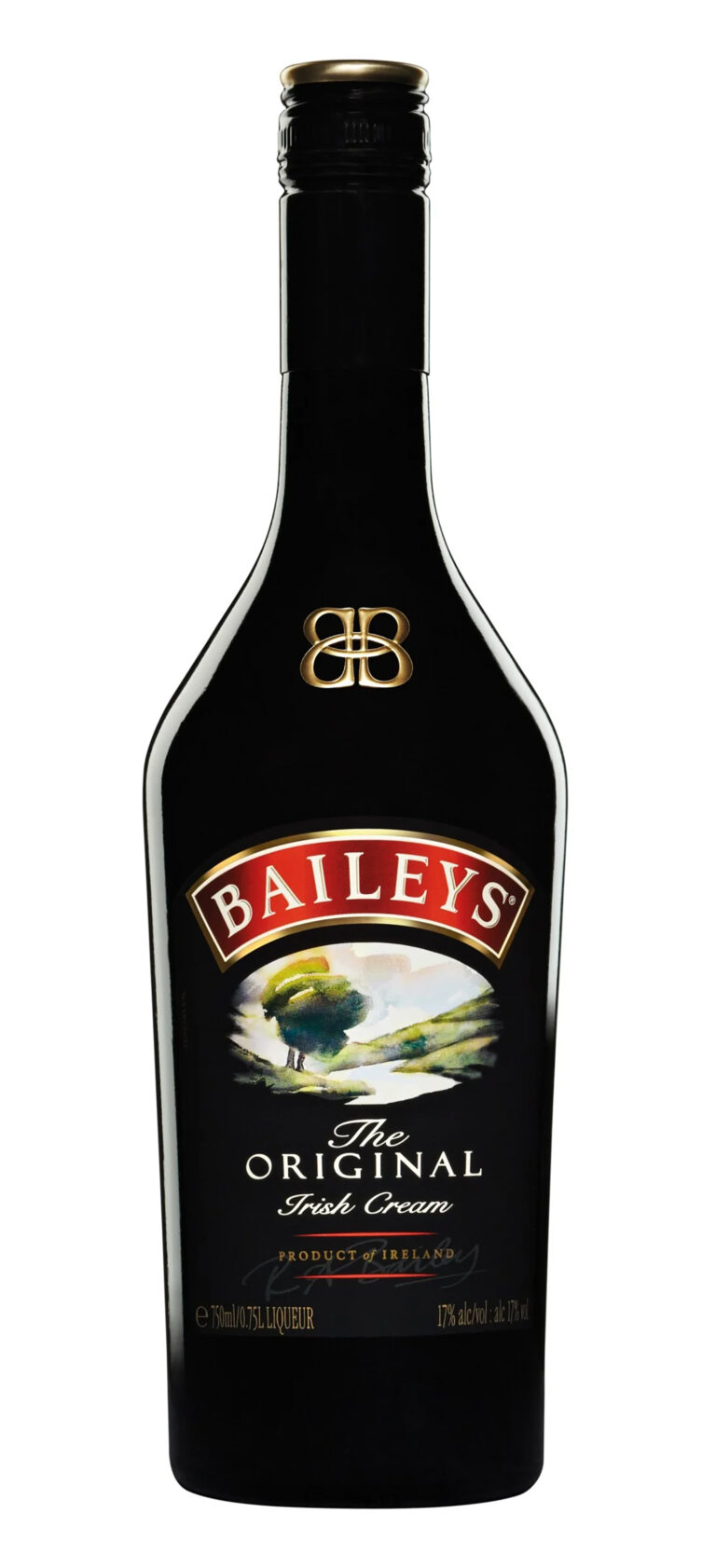
Hugh came up with the idea of Irish whiskey and cream and the duo quickly went to the local market to purchase a bottle of Jameson Irish Whiskey and a tub of cream. They mixed the ingredients and Gluckman recalls the taste, “was certainly intriguing, but in reality, was bloody awful.” They added sugar but still felt it was missing something. When they chanced upon Cadbury’s Powdered Drinking Chocolate, they knew they were on to something.
It took the pair around 45 minutes to create Bailey’s Irish Cream. A drink that has now sold well over 2 billion bottles!




















